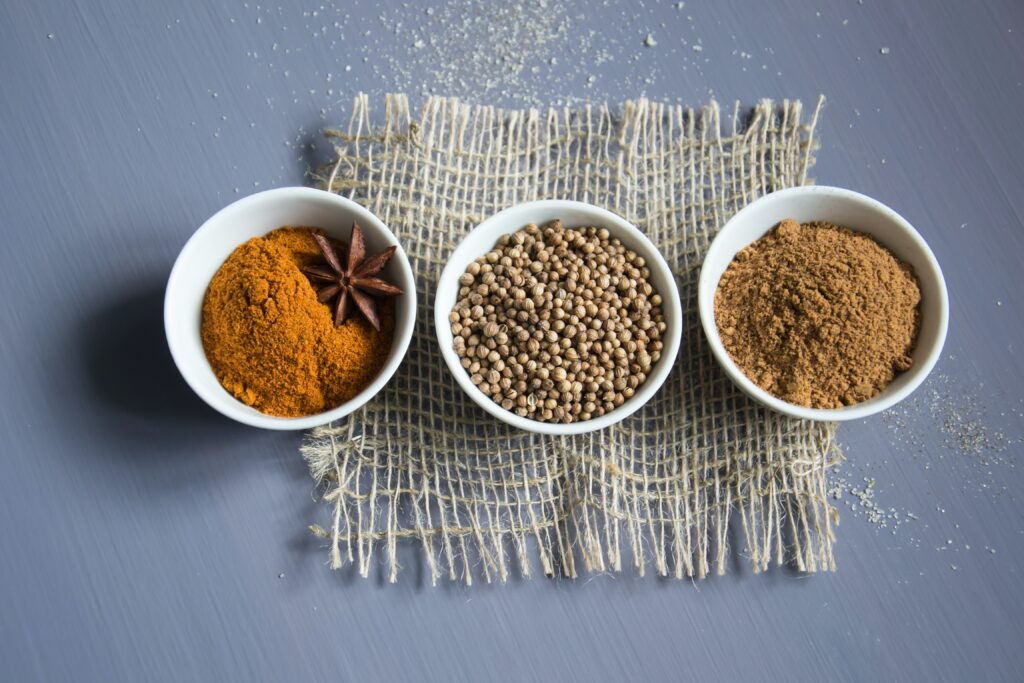No I am not talking about the politically incorrect slang for red heads, or the television character from “Gilligan’s Island”. I am talking about getting excited about the herb ginger. I know, you are thinking this guy has really lost it. Who gets excited about ginger besides those who grew up eating the cookies? Well, I do and here is why. As I mentioned in another blog, turmeric and ginger are in the same plant family. The ginger plant produces white and pink flower buds that bloom yellow and is sometimes used for landscaping in warmer climates. But it is the root that makes the herb, or spice, we usually consume. Ginger root has a brown skin with yellow, white or red flesh depending on the variety and age of the plant. The top world producers of ginger are India, China, Indonesia, Nepal, Thailand, Nigeria, Bangladesh, Japan, Philippines, and Cameroon; however it is also grown in the Caribbean.

Ginger can be found as extracts, tinctures, capsules, oils, fresh or dried ginger root, and powder. Ginger is consumed as a spice, delicacy, and medicine. Often ginger can be found prepared as pickled, steeped in water to make a tea, made into candy, made into wine, used as a preservative, ginger ale, ginger beer, gingerbread, ginger snaps, cookies, crackers, cakes, garnish, and more. Manufacturing even uses ginger for fragrance in soaps and other cosmetics.
The known nutritional make up of ginger includes thiamine vitamin B1, riboflavin vitamin B2, Niacin vitamin B3, Pantothenic acid vitamin B5, vitamin B6, Folate vitamin B9, vitamin C, vitamin A, vitamin E, calcium, iron, magnesium, manganese, selenium, phosphorous, potassium, sodium, zinc, fiber, both omega 3 and omega 6 oils, protein, choline, and betaine. Researchers believe the active components of ginger, or the components responsible for the majority of the health benefits, are the oils, anti-oxidants, phenols, and other compounds such as terpenoids, gingerols, zingerones, and shogaols; don’t get bogged down with the terminology here.

Research suggests that ginger has the following health benefits:
daily consumption can help ease exercise induced muscle pain, reduce colon inflammation, reduce nausea/vomiting/motion/morning sickness, reduce osteoarthritis pain, blood thinning properties, cholesterol lowering properties, used to help with diarrhea, promote motility of the GI tract, reduce pain, a sedative, antibacterial, used against skin cancer in rats, one study showed ginger’s ability to kill ovarian cancer cells, used for constipation, reduces inflammation, reduces oxidative stress, used against Staph. A. and other drug resistant bacteria (often in a preparation with garlic), anti viral, tooth ache relief, promotes circulation, help get sugar from the blood into your cells reducing blood sugar and diabetes related issues, protects the body against metabolic syndrome, respiratory aliments as an expectorant, clear intestinal worms/parasites, fight against prostate cancer, reducing and preventing atherosclerosis. While others have used ginger as a remedy for thousands of years for colds, preventing the flu, cough suppressant, reduce the symptoms of rheumatism, as a throat lozenge for sore throats, for stomach aches, promote digestive enzymes and increase production and secretion of bile, support cardiovascular system by supporting healthy platelet function, treat colic, and preventing colorectal cancer. Consensus amongst the researchers is that the proper adult dosage for adults is around 1 gram per day; divided dosages seem to be best. Like a lot of herbs more research is necessary to fully understand the health and healing properties of this herb.
As far as side effects are concerned, the FDA has ginger listed as generally recognized as safe. However, some people may experience hypoglycemia symptoms if the blood sugar levels get too low, low blood pressure, gas, bloating, heartburn, nausea, possible allergic reactions like rash, and medication/herb interactions. Particularly, ginger may interact with blood thinning medications like warfarin, Coumadin, Plavix, or aspirin, and have an effect on blood sugar so diabetics should be cautious. Ginger is contraindicated in people with gallstones, due to its ability to promote the production of bile. The use of ginger while pregnant and breast feeding is controversial, so as always consult with your health care professional prior to using ginger.
When choosing ginger, look for fresh root, which will have better flavor and more nutrients; and typically is cheaper. The root should be firm, smooth, and free of mold. Ginger can be stored for about three weeks if unpeeled in the fridge and six months unpeeled in the freezer. Ginger is not on the dirty dozen list so if the budget doesn’t allow for organic do not stress. Getting ginger into your diet is easy. Simply add ginger to a smoothie (my personal favorite), tea, rice, salad dressings, with baked apples, in cooked vegetables, in applesauce, in a stir fry, or in yogurt. As you can see this little herb has been lurking in spice racks and produce isles for thousands of years and packing a healthy punch for those looking to promote good health. So, that leaves the question. What has got me excited about ginger? Specifically, I am excited about the anti inflammatory, anti viral, anti bacterial, anti oxidant, and anti cancer properties; just to name a few. Join me next time and we will continue this journey towards a health promoting lifestyle.
